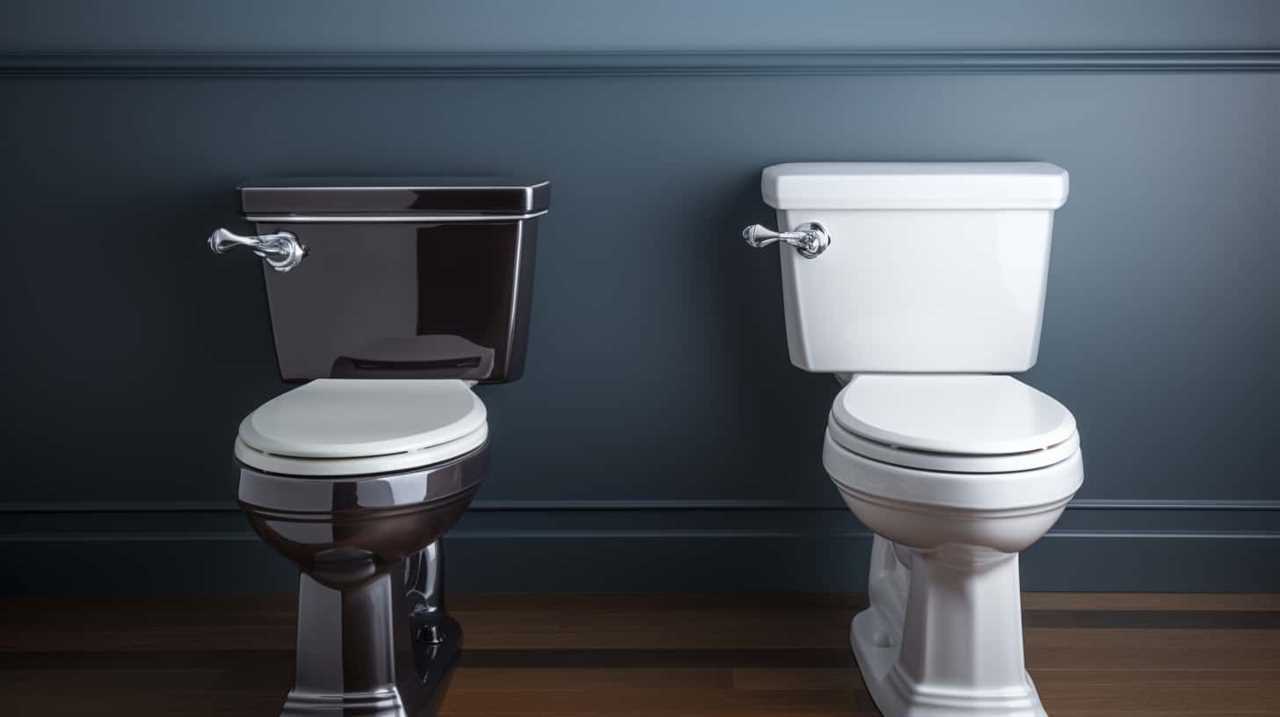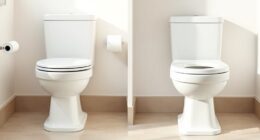Are you puzzled about why your water tank isn’t getting filled? Fret not, we have all the answers you’re looking for.
In this article, we’ll delve into the possible reasons behind this issue, from water supply problems to faulty valves and clogged inlets.
We’ll also explore other potential culprits like malfunctioning float switches and insufficient water pressure.
So, if you’re ready to master the art of troubleshooting your water tank, let’s dive right in.

Key Takeaways
- Water supply interruption is a common reason for a water tank not filling up properly.
- Fill valve problems, such as clogs or broken valves, can also disrupt the filling process.
- Clogged water inlets can prevent water from entering the tank and should be promptly addressed.
- Float switch issues and insufficient water pressure can also contribute to a water tank not filling up correctly.
Water Supply Issue
Why isn’t our water tank filling up properly?
The most common reason for this issue is a water supply interruption. It could be caused by a variety of factors, such as a temporary shutdown by the water utility company or a problem with the main water line. To determine the cause, it’s essential to check if your neighbors are also experiencing the same problem. If they are, then it’s likely a water supply interruption.
However, if they’ve a steady water flow, the issue may lie within your plumbing system. In this case, it’s recommended to perform plumbing maintenance, which can involve inspecting and repairing any faulty valves, pipes, or fittings. Regular maintenance is crucial to ensure a consistent water supply to your tank.
Faulty Fill Valve
We need to consider two possible issues when discussing a faulty fill valve: a clogged fill valve or a broken fill valve.

A clogged fill valve can occur due to sediment or debris buildup, preventing water from flowing into the tank.
On the other hand, a broken fill valve may not open properly, causing a disruption in the filling process.
These two potential problems must be carefully examined in order to determine the cause of the water tank not filling up.
Clogged Fill Valve
The clogged fill valve in our water tank is preventing it from filling up properly. To troubleshoot this issue, here are some steps you can take:
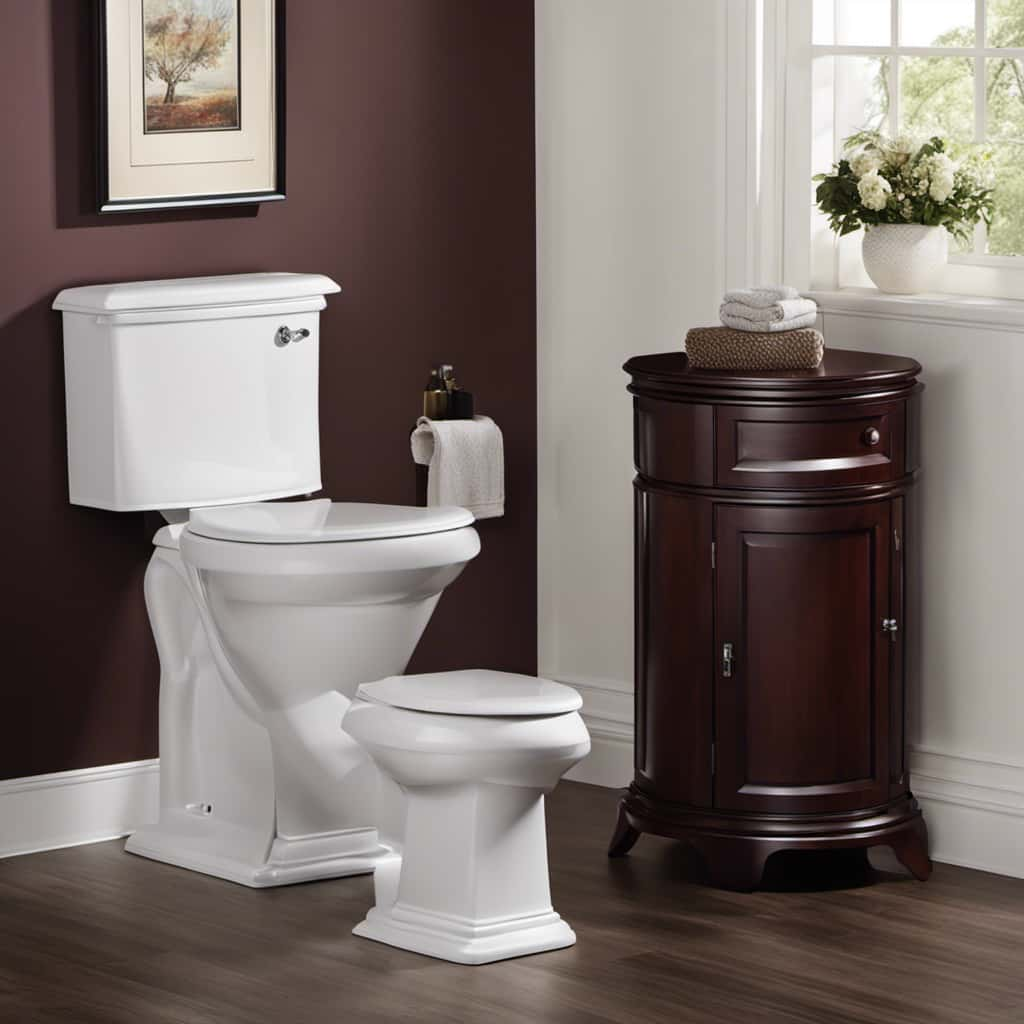
- Inspect the fill valve: Check for any visible signs of clogs or blockages in the fill valve. This may include debris or mineral buildup that’s obstructing the flow of water.
- Clean the fill valve: If you notice any clogs, carefully clean the fill valve to remove any debris or mineral deposits. Use a brush or soft cloth to gently scrub the valve and ensure it’s clear of obstructions.
- Check the water supply: Ensure that the water supply to the tank isn’t restricted or turned off. Make sure the shut-off valve leading to the tank is fully open and allowing water to flow freely.
- Replace the fill valve: If cleaning the fill valve doesn’t resolve the issue, it may be necessary to replace the faulty fill valve altogether. Consult a professional or refer to the manufacturer’s instructions for guidance on replacement.
- Regular maintenance: To prevent future clogs, consider implementing a regular maintenance routine for your water tank. This may include periodic cleaning of the fill valve and regular inspection for any signs of clogs or blockages.
Broken Fill Valve
A malfunctioning fill valve can impede the proper filling of our water tank. When the fill valve is broken, it fails to regulate the flow of water into the tank, resulting in a water supply issue. To better understand the impact of a broken fill valve, consider the following table:
| Symptoms of a Broken Fill Valve | Potential Causes |
|---|---|
| Insufficient water in the tank | Faulty float |
| Continuous water flow | Damaged valve |
| Water leakage | Loose connections |
A broken fill valve can disrupt the normal functioning of the water tank, causing problems such as insufficient water, continuous flow, or leakage. If you notice any of these symptoms, it is important to address the issue promptly to ensure the proper functioning of your water tank. In the next section, we will discuss another common issue that can hinder the filling of the tank: a clogged water inlet.
Clogged Water Inlet
To troubleshoot a clogged water inlet, start by checking for any debris or blockages using a flashlight and a wire brush. It’s crucial to identify and address a blocked water inlet promptly to ensure that your water tank fills up efficiently.
Here are five steps you can follow to resolve a water inlet obstruction:

- Turn off the water supply to the tank.
- Disconnect the water inlet pipe from the tank.
- Inspect the inlet pipe for any visible blockages or debris.
- Use a wire brush to gently remove any buildup or obstructions.
- Reconnect the water inlet pipe securely and turn on the water supply.
Malfunctioning Float Switch
Now, let’s address the issue of a malfunctioning float switch and how it can affect the filling process of your water tank.
The float switch is an essential component of a water tank that controls the water level by opening and closing the inlet valve. When the water level drops below a certain point, the float switch activates the valve, allowing water to flow into the tank until it reaches the desired level.
If the float switch is malfunctioning, it may fail to open or close the valve properly, resulting in a disrupted filling process. To ensure proper float switch maintenance, regularly inspect the switch for any signs of damage or debris. Troubleshooting float switch issues may involve cleaning the switch or replacing it if necessary.
Now, let’s move on to the next section and discuss the problem of insufficient water pressure.

Insufficient Water Pressure
We’ve noticed a decrease in water pressure, which can be a contributing factor to the problem of your water tank not filling up. If you’re experiencing low water pressure, it’s crucial to troubleshoot the issue promptly. Here are some possible causes to consider:
- Clogged pipes or filters: Accumulated debris or mineral deposits can restrict water flow and lower pressure.
- Faulty pressure regulator: A malfunctioning pressure regulator can disrupt the water pressure balance in your plumbing system.
- Leaks in the water supply line: Any leaks in the pipes leading to your water tank can result in reduced water pressure.
- Municipal water supply issues: Occasionally, low water pressure can be attributed to problems with the main water supply.
- Inadequate pipe size: If the pipes leading to your water tank are too small, they may not be able to deliver sufficient water pressure.
Insufficient water pressure can greatly hinder the filling of your water tank. However, another possible cause for your tank’s failure to fill may be leaking pipes or connections.
Leaking Pipes or Connections
Continuing with the discussion on insufficient water pressure, a possible cause for your water tank not filling up could be due to leaking pipes or connections. Leaking plumbing can significantly affect the water flow, preventing it from reaching the tank properly.
Water leakage can occur due to various reasons such as worn-out pipes, loose connections, or damaged seals. These leaks can lead to a significant loss of water, causing a decrease in water pressure and preventing the tank from filling up adequately.
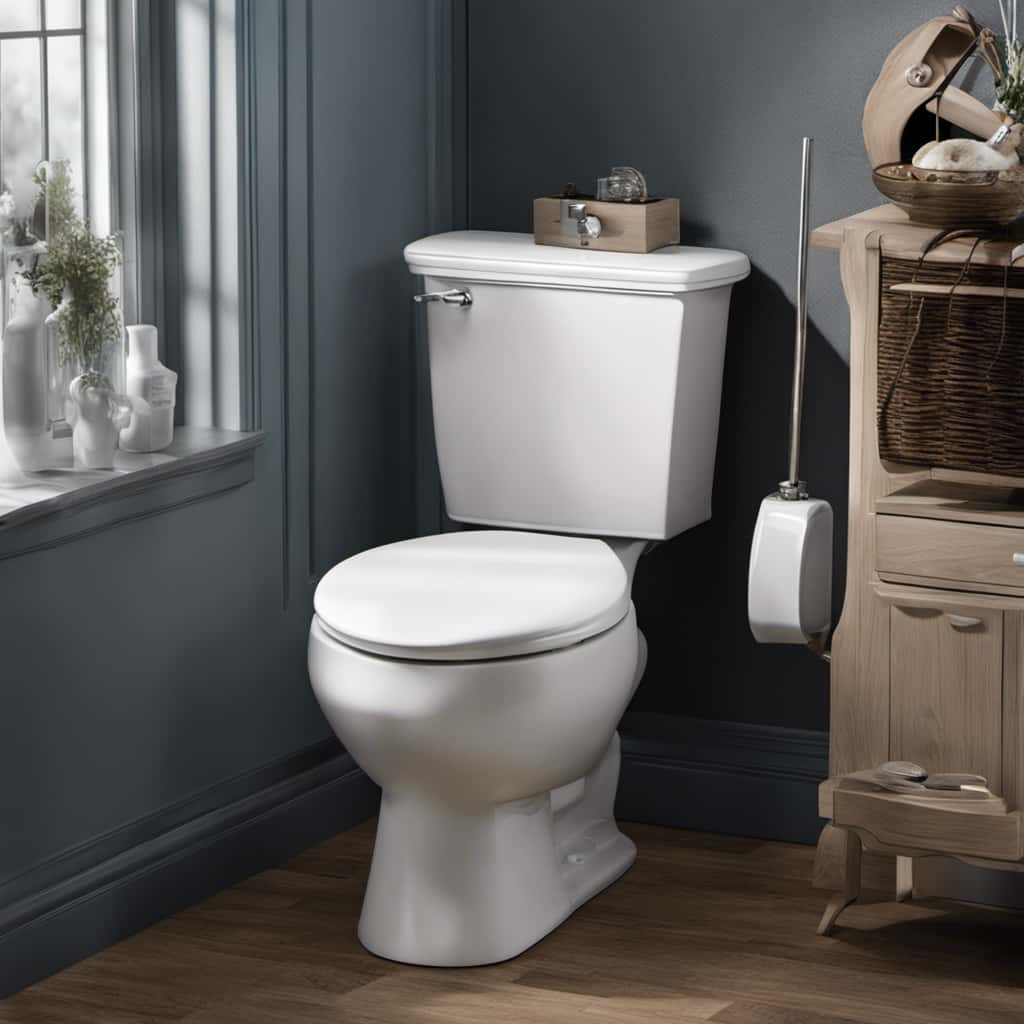
It’s crucial to inspect the plumbing system regularly for any signs of leaks or water seepage. If you notice any dampness, water stains, or pooling water around the pipes or connections, it’s essential to address the issue promptly to ensure the proper functioning of your water tank.
Faulty Pressure Switch
Another potential reason for your water tank not filling up could be a faulty pressure switch. The pressure switch is responsible for monitoring the water pressure and signaling the pump to turn on or off accordingly. If the pressure switch isn’t functioning correctly, it can disrupt the normal operation of the pump and prevent the tank from filling up.
Here are some troubleshooting steps to consider:
- Check for any loose or damaged electrical connections to the pressure switch.
- Test the pressure switch using a multimeter to ensure it’s functioning within the recommended range.
- Clean or replace the pressure switch if it’s clogged or damaged.
- Adjust the cut-in and cut-out pressure settings of the pressure switch if they aren’t aligned with the tank’s requirements.
- Consider replacing the pressure switch if all troubleshooting steps fail to resolve the issue.
If the water tank still doesn’t fill up after addressing the pressure switch, it may indicate a damaged or worn out pump, which we’ll discuss in the next section.
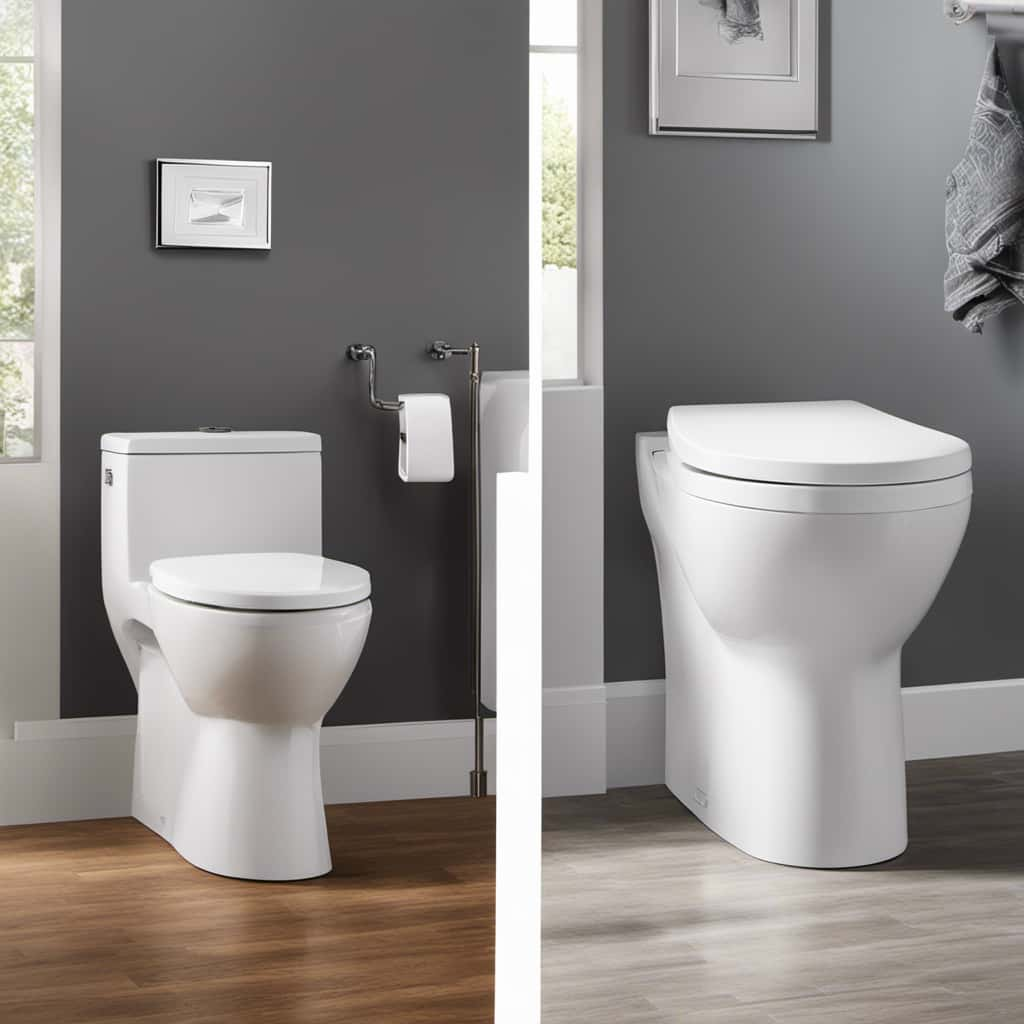
Damaged or Worn Out Pump
When it comes to a water tank not filling up, one possible cause could be a damaged or worn out pump.
There are several points to consider when discussing this subtopic.
First, a faulty pump motor can prevent the pump from working properly.
Second, clogged pump filters can restrict the flow of water, leading to a lack of filling.

Faulty Pump Motor
One possible reason for our water tank not filling up could be a damaged or worn-out pump motor. The pump motor is responsible for drawing water from the source and delivering it to the tank. If the motor is faulty, it may not be able to generate enough pressure to fill the tank.
To troubleshoot and maintain the pump motor, consider the following:
- Check for any visible damage to the motor, such as broken wires or loose connections.
- Listen for any unusual noises coming from the motor, which could indicate internal damage.
- Inspect the motor’s impeller for any signs of wear or corrosion, as this can affect its pumping efficiency.
- Ensure that the motor is receiving enough power by checking the electrical connections and voltage.
- Regularly clean and lubricate the motor to prevent debris buildup and ensure smooth operation.
Clogged Pump Filters
Continuing with our discussion on the possible reasons for our water tank not filling up, we need to address the issue of clogged pump filters, which can occur when the pump motor is damaged or worn out.
The clogged pump mechanism prevents water from flowing into the tank effectively, resulting in a slow or non-existent fill. Pump filters can become clogged with debris over time, hindering the pump’s ability to draw water and causing a decrease in performance.
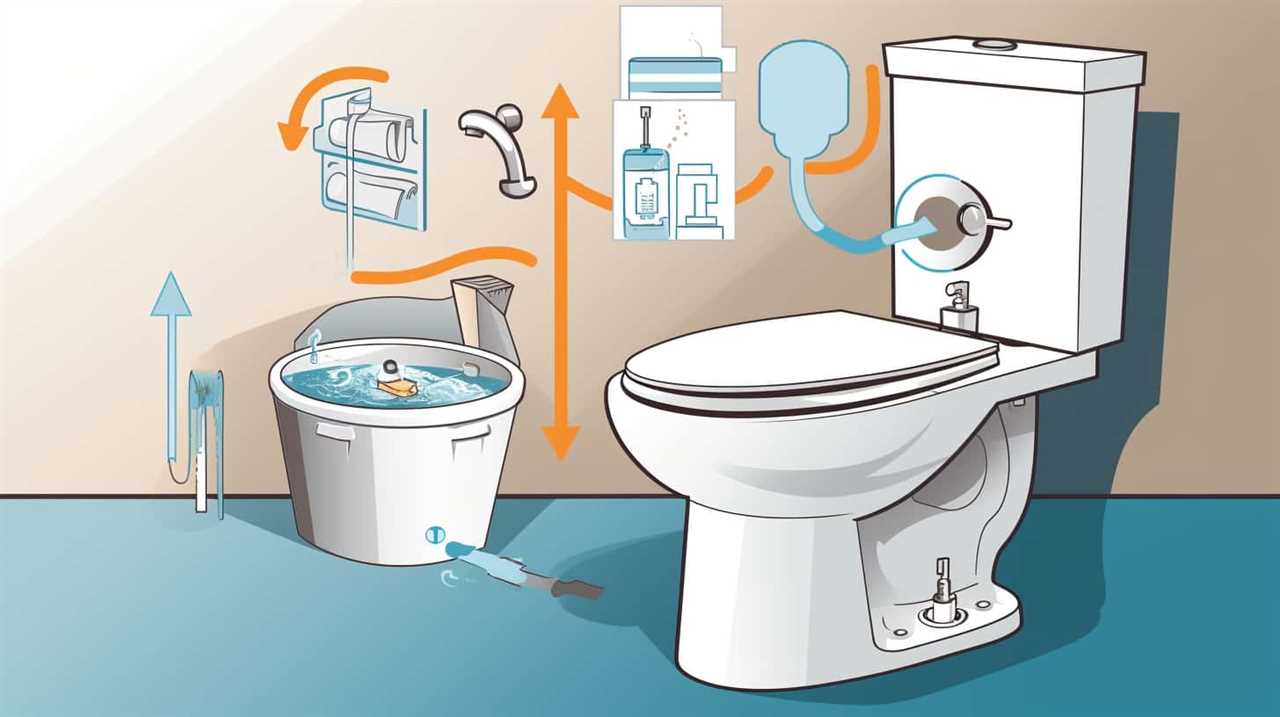
To resolve this issue, regular pump maintenance is crucial. It’s recommended to clean or replace the pump filters periodically to ensure they’re free from any blockages. Additionally, checking the pump motor for signs of damage or wear is essential.
Leaking Pump Seals
To address the issue of leaking pump seals in our water tank, we need to examine the condition of the pump, specifically if it’s damaged or worn out. Leaking pump seals can lead to a decrease in water level and disrupt the filling process.
Here are some pump maintenance tips to help prevent and address this problem:
- Regularly inspect the pump for any signs of wear and tear, such as cracks or leaks.
- Check the pump’s seals for any signs of damage or deterioration.
- Ensure that the pump is properly lubricated to prevent excessive friction and seal damage.
- Clean the pump regularly to remove any debris or buildup that could cause damage to the seals.
- Consider replacing the pump if it’s old or beyond repair to prevent further leaks.
Inadequate Tank Size
We often find that our water tank isn’t filling up due to the inadequate size of the tank. The tank capacity plays a crucial role in determining the water level and the ability to meet our water needs.

If the tank is too small, it may not be able to store enough water to meet our daily requirements. This can result in the tank running out of water quickly and causing inconvenience. It’s important to consider the household’s water usage and select a tank with a suitable capacity to ensure uninterrupted water supply.
Inadequate tank size can lead to frequent refills and increased maintenance costs. However, if the tank size is correct but the water level is consistently low, it might indicate a different issue such as incorrect tank installation.
Incorrect Tank Installation
When it comes to the issue of a water tank not filling up, incorrect tank installation can be a major culprit. Faulty installation causes various problems, such as leaks or improper connections, which can prevent the tank from filling properly.
Installation mistakes affecting the tank’s water inlet or outlet can also result in restricted flow and hinder the tank from filling as it should.

Faulty Installation Causes
One common cause of a water tank not filling up is an incorrect tank installation. Faulty installation can lead to various problems that prevent the tank from filling properly. Some installation errors that may occur include incorrect positioning of the tank, improper connection of pipes, incorrect sizing of the tank, inadequate ventilation, and maintenance negligence.
- Incorrect positioning of the tank: Placing the tank in a location that isn’t level or stable can cause issues with the filling process.
- Improper connection of pipes: If the pipes connecting the tank to the water source aren’t properly installed or sealed, it can lead to leaks or reduced water flow.
- Incorrect sizing of the tank: Choosing a tank that’s too small for your needs can result in it not filling up completely.
- Inadequate ventilation: Poor ventilation around the tank can affect the water pressure and hinder the filling process.
- Maintenance negligence: Failing to perform regular maintenance on the tank, such as cleaning or replacing faulty components, can contribute to problems with filling.
Ensuring proper installation and maintenance of the water tank is essential for its efficient operation and filling.
Tank Not Filling
Improper tank installation can result in the tank not filling up correctly. It is important to ensure that the tank is installed properly to avoid any issues with water flow. When troubleshooting water tank issues, one of the first things to check is the installation of the tank. Here are some common installation mistakes that can prevent the tank from filling up:
| Installation Mistake | Description |
|---|---|
| Incorrect positioning | The tank should be positioned on a level surface to ensure proper water flow. If the tank is tilted or inclined, it may not fill up completely. |
| Inadequate inlet/outlet connections | The inlet and outlet connections should be properly sealed and sized to allow for efficient water flow. Any leaks or blockages can affect the tank’s filling capacity. |
| Improper venting | The tank should have a vent to release air pressure during filling. If the vent is blocked or improperly installed, it can prevent the tank from filling up completely. |
| Incorrect pipe sizing | The size of the pipes connected to the tank should be appropriate for the desired water flow. Using pipes that are too small can restrict the flow and prevent the tank from filling up adequately. |
Installation Mistakes Affecting
To avoid issues with water flow, it’s crucial to ensure that the tank is installed correctly, which includes addressing installation mistakes that can affect the tank’s filling capacity. Here are some installation techniques and troubleshooting tips to consider:

- Ensure proper leveling of the tank to prevent water from pooling in one corner.
- Check that the inlet and outlet pipes are correctly connected to the tank, without any leaks or blockages.
- Verify that the tank’s overflow pipe is correctly installed and not obstructed.
- Consider the size of the tank in relation to the water supply; an undersized tank may not fill up properly.
- Inspect the tank’s float valve to ensure it’s functioning correctly, allowing water to enter the tank.
Power Outage or Electrical Problem
During a power outage or electrical problem, we may experience a disruption in the water tank filling process. One possible cause for this issue is a power surge, which can occur when there’s a sudden increase in electrical voltage.
A power surge can damage the electrical components of the water tank system, including the wiring. Damaged wiring, in particular, can prevent the water tank from receiving the necessary electrical signals to fill up properly.
To determine if a power surge or damaged wiring is the cause of the problem, it’s important to check the electrical connections and wiring within the water tank system. If any signs of damage or loose connections are found, it’s advisable to consult a professional electrician to address the issue and ensure the proper functioning of the water tank.
Sediment Buildup in the Tank
How can sediment buildup in the tank affect our water tank filling process?

- Sediment buildup in the tank can reduce the effective capacity of the tank, leading to a slower filling process.
- Sediment can clog the inlet valve or float valve, causing them to malfunction and hinder the filling process.
- The presence of sediment can also affect the accuracy of water level indicators, leading to inaccurate readings and potential overflows.
- Sediment buildup can contaminate the water, affecting its quality and making it unsuitable for use.
- If left unchecked, sediment accumulation can cause structural damage to the tank, leading to leaks and further complications.
To address sediment buildup and maintain optimal water tank filling, it’s important to implement sediment removal methods such as regular tank flushing, installing a sediment filter, or using chemical treatments. These methods can help improve water quality and prevent any potential issues arising from sediment accumulation.
Water Heater Issues
While our water tank may not be filling up, one possible cause could be water heater issues. It’s essential to ensure proper water heater maintenance to prevent any potential problems.
Troubleshooting water heater problems requires a technical approach and precise understanding of the system. Regular maintenance includes checking the thermostat settings, inspecting the heating element, and flushing out the tank to remove any sediment buildup.
If the water heater isn’t functioning correctly, several issues could be at play, such as a faulty thermostat, a malfunctioning heating element, or a broken dip tube. It’s crucial to address these problems promptly to avoid further damage and ensure the efficient functioning of the water heater.

Frequently Asked Questions
How Can I Determine if My Water Tank Has a Water Supply Issue?
To determine if our water tank has a water supply issue, we can follow troubleshooting steps for low water pressure. Common causes of water supply issues in residential tanks include clogged pipes, faulty valves, or inadequate water source.
What Are Some Signs of a Faulty Fill Valve in a Water Tank?
Some signs of a faulty fill valve in a water tank include inconsistent water levels, water not filling up, and water overflowing. Troubleshooting the float switch can help identify and fix the issue.
How Do I Check for a Clogged Water Inlet in My Water Tank?
To clean a clogged water inlet in a water tank, first turn off the water supply. Then, remove the inlet valve and clean it thoroughly with a brush. Regular maintenance can prevent clogging in water tank inlets.
What Are the Symptoms of a Malfunctioning Float Switch in a Water Tank?
When troubleshooting water tank filling issues, it’s important to consider the symptoms of a broken float switch. This malfunction can lead to an inaccurate water level reading and prevent the tank from filling properly.

How Can I Increase the Water Pressure in My Water Tank if It Is Insufficient?
To troubleshoot a water tank with insufficient water pressure, we can check the water inlet valve, pressure switch, and pressure tank. Increasing water pressure may involve adjusting the pressure switch or installing a booster pump.
Conclusion
In conclusion, there are several possible reasons why your water tank may not be filling up. It could be due to a water supply issue, a faulty fill valve, a clogged water inlet, a malfunctioning float switch, insufficient water pressure, incorrect tank installation, a power outage or electrical problem, sediment buildup in the tank, or water heater issues.
It’s important to identify the specific cause of the problem in order to effectively troubleshoot and resolve the issue. Don’t let your water tank be as empty as a desert!




